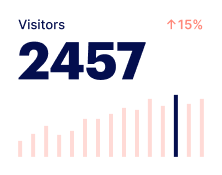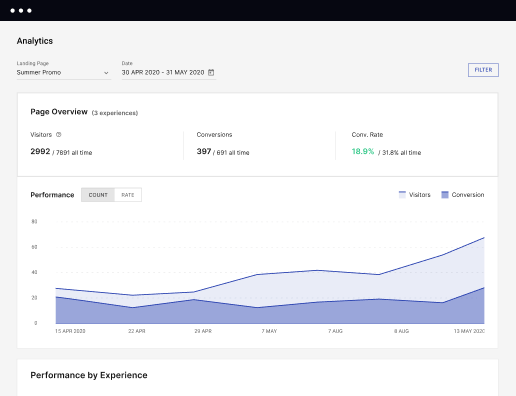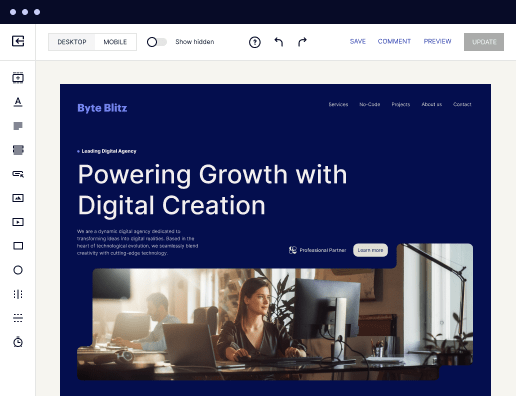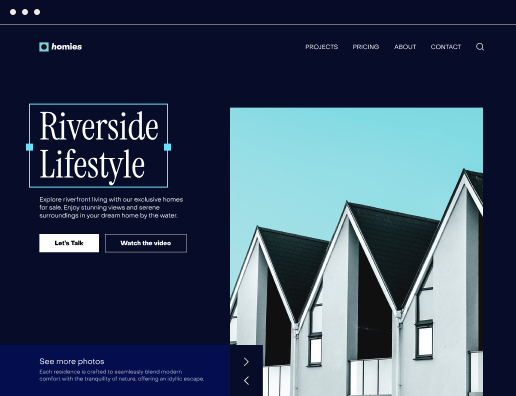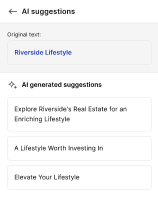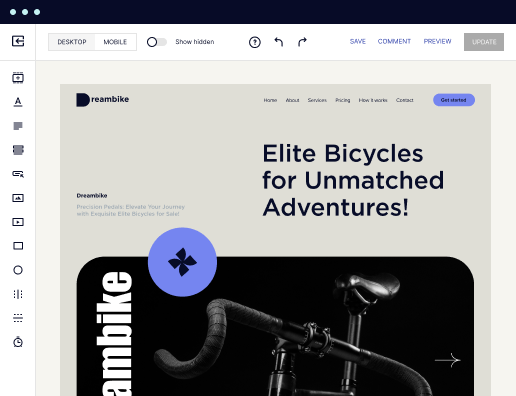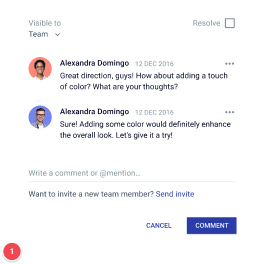Make your privacy policy page designed for Chrome OS
Instapage empowers you to reduce costs, increase conversions, and deliver meaningful experiences on Chrome OS.
How to make your privacy policy page on Chrome OS effectively
Creating a privacy policy page on Chrome OS not only protects your users but also builds trust, a vital aspect for marketers in sectors like Tech/SaaS and Financial Services. Instapage can help streamline this process to maximize conversions and user trust through effective landing pages.
Understanding the importance of a privacy policy page
A privacy policy page is essential for any organization that collects personal data from users. For users on Chrome OS, having a transparent and clear policy is particularly important due to heightened privacy concerns. The right landing page experience can significantly reduce costs associated with compliance issues while boosting conversion rates.
- Compliance: Adhere to regulations like GDPR and CCPA to avoid fines.
- Trust: Build customer loyalty by being transparent about data usage.
- Conversions: A clear privacy policy can improve user confidence, leading to higher sales.
Step 1: Gather necessary information
Before creating your privacy policy, identify the categories of data you will collect. This includes personal identifiers, browsing data, and any third-party integrations. Structuring your landing page for tailored content can help guide this process efficiently.
- Personal Information: Names, emails, phone numbers – detail how this will be collected.
- Cookies: Explain the use of cookies and tracking technologies.
- Third-party Sharing: Clarify if data is shared with other companies, and for what purpose.
Step 2: Draft the privacy policy
Using clear and concise language is key. Ensure that your policy answers typical queries users might have about their data. Use the data tools available from Instapage to dynamically replace specific terms and tailor your message to various audiences.
- Simplicity: Avoid legal jargon; use straightforward language that everyone can understand.
- Accessibility: Make your privacy policy easy to find on your site.
- User Rights: Outline user rights regarding their data clearly.
Step 3: Optimize and publish your policy page
Once drafted, use A/B testing through Instapage to see what resonates with your audience. Leverage analytics dashboards to assess engagement and modify content accordingly. An optimized privacy policy on a well-designed landing page boosts brand trust and conversion rates.
Remember to review and update your privacy policy regularly to align with legal changes and user feedback.
Ready to increase brand loyalty and trust? Start creating your privacy policy page using Instapage today!
Get more out of Make your privacy policy page on Chrome OS
Improve your Quality Score with quick load technology for landing pages
Increase conversions with content that aligns with your ads and audiences
Achieve maximum ROI by scaling your marketing initiatives
Leading the way in building high-performing landing pages





FAQs
See how to make your privacy policy page on chrome os in action
Ready to skyrocket conversions?
Supercharge your ad campaigns with high-performing landing pages.
Get started
